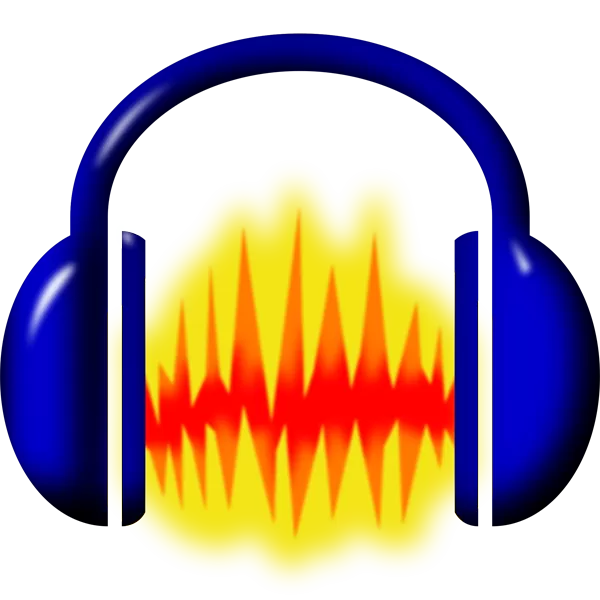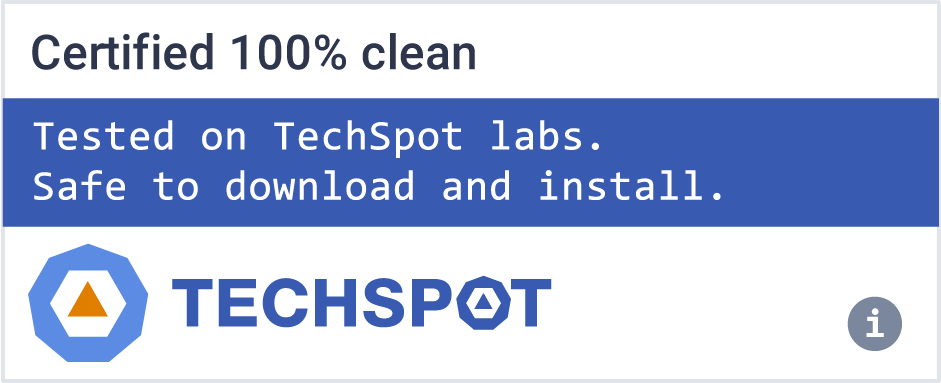Audacity is a free and open source audio software for multi-track recording and editing. It can record live audio through a microphone, mixer, or digitize recordings from other media. With some sound cards, and on any recent version of Windows, Audacity can also capture streaming audio.
Import sound files, edit them, and combine them with other files or new recordings. Export your recordings in several common file formats.
Is Audacity suitable for recording a podcast?
Yes, Audacity features a large number of effects and preset EQ curves with real time preview. It also lets you import and export WAV, AIFF, AU, FLAC, and MP3 natively. In addition, an auto-duck feature lets you mix different audio tracks or voiceovers for recording a proper podcast.
Is Audacity safe to use?
Audacity is free and open-source software that's been around for many years, so yes, it's safe to use. There was some controversy in 2021 after the company was acquired by Muse Group and changes were made to the program's privacy policy, but thankfully the community's protests got Audacity back on track.
Does Audacity work on Android or iOS?
No, Audacity is not available for Android or iOS, but WavePad offers similar functionality and is available on mobile for free.
What are the best Audacity features?
Audacity packs several features for recording and editing different type of audio files such as:
- 100+ sound effects.
- Support for 16-bit, 24-bit and 32-bit audio files
- Simple audio compressor
- A built-in mixer
- Plot Spectrum window for detailed frequency analysis
- Batch processes for tuning up several audio files at once
What are the best Audacity alternatives?
WavePad and ocenaudio are well known alternatives for recording and editing audio files.
Is Audacity free?
Yes, Audacity is free and open-source. You can use this software for any personal or commercial purpose.
Features
Recording
- Audacity can record live audio through a microphone or mixer, or digitize recordings from other media.
Export / Import
- Import, edit, and combine sound files. Export your recordings in many different file formats, including multiple files at once.
Sound Quality
- Supports 16-bit, 24-bit and 32-bit. Sample rates and formats are converted using high-quality resampling and dithering.
Plug-ins
- Support for LADSPA, LV2, Nyquist, VST and Audio Unit effect plug-ins. Effects can be easily modified in a text editor - or you can even write your own plug-in.
Editing
- Easy editing with Cut, Copy, Paste and Delete. Also unlimited sequential Undo (and Redo) in the session to go back any number of steps.
Effects
- Real-time preview of LADSPA, LV2, VST and Audio Unit (macOS) effects. Plug-in Manager handles plug-in installation and addition/removal of effects and generators from the menus.
Accessibility
- Tracks and selections can be fully manipulated using the keyboard. Large range of keyboard shortcuts.
Analysis
- Spectrogram view mode for visualizing and selecting frequencies. Plot Spectrum window for detailed frequency analysis. Support for Vamp analysis plug-ins.
What's New
- #6889 Fixed a crash when exporting multichannel audio.
- #6882 Fixed a crash when pasting mono clips into stereo tracks.
- #4763 (Accessibility) Made more values available when using the plain UI of plugins. (Thanks, David Bailes!)
- #6855 Prevented incompatible versions from opening projects created in 3.6.x.
- #6892 Fixed the dark theme sometimes having white corners in buttons.
Master effects
Audacity now features master effects. Master effects are effects which apply to the entire project at once. More information can be found at Using master effects & realtime effects.
New compressor and limiter
A new compressor and limiter has been added, replacing the previous versions. A gain reduction history has been added to these effects when they're used as a realtime effect.
Factory Presets suitable for a wide range of use cases for these effects have been provided by Vladislav Isaev and Marek Iwaszkiewicz, available via the Presets & Settings button.
New themes
Audacity now features new and improved dark and light themes. You can switch between themes via Preferences -> Interface. The theme previously used still is around as the Classic theme, and themes even older than that can be optionally installed as custom themes from here.
Updated instructions on creating custom themes can be found here.
Increased performance
Audacity is now quite a bit snappier than before, especially when working on larger projects and on larger screens.
Other changes
- Added FFmpeg 7 support.
- You now can paste audio files into Audacity using Ctrl+V.
- Alternative waveform colors are now themeable by custom themes.
- Removed the track name overlay preference and the "blend themes" preference.
- Scripting: Added GetInfo: Type=Selection. (Thanks, Jonatã Bolzan Loss!)
- Added an Extras > Export > Export Selected Audio option.
- Import Raw: Added support for offsets larger than 2 GB.
- Redesigned the "what's new" dialog.
- Added an option to the View menu to show/hide RMS in waveforms.
- OpenVINO AI effects can now be downloaded from audacityteam.org/download/openvino/
Bugfixes
- #6340 When recording to a new track, the track is now scrolled back into view again.
- #3825 The macro manager no longer shows parameterless actions as editable. (Thanks, Davi Nonnenmacher!)
- #6138 Pressing Esc in some preference dialogs no longer saves them.
- #4504 Fixed stray orange lines in the high contrast theme.
- #5626 Fixed the quality slider for Ogg export on Linux. (Thanks, Devpriya Nalin!)
- #6875 Fixed a bug which could open a project with the wrong sample rate.
- Various compiler warning fixes and OpenBSD build fixes. (Thanks, Brad Smith!)


